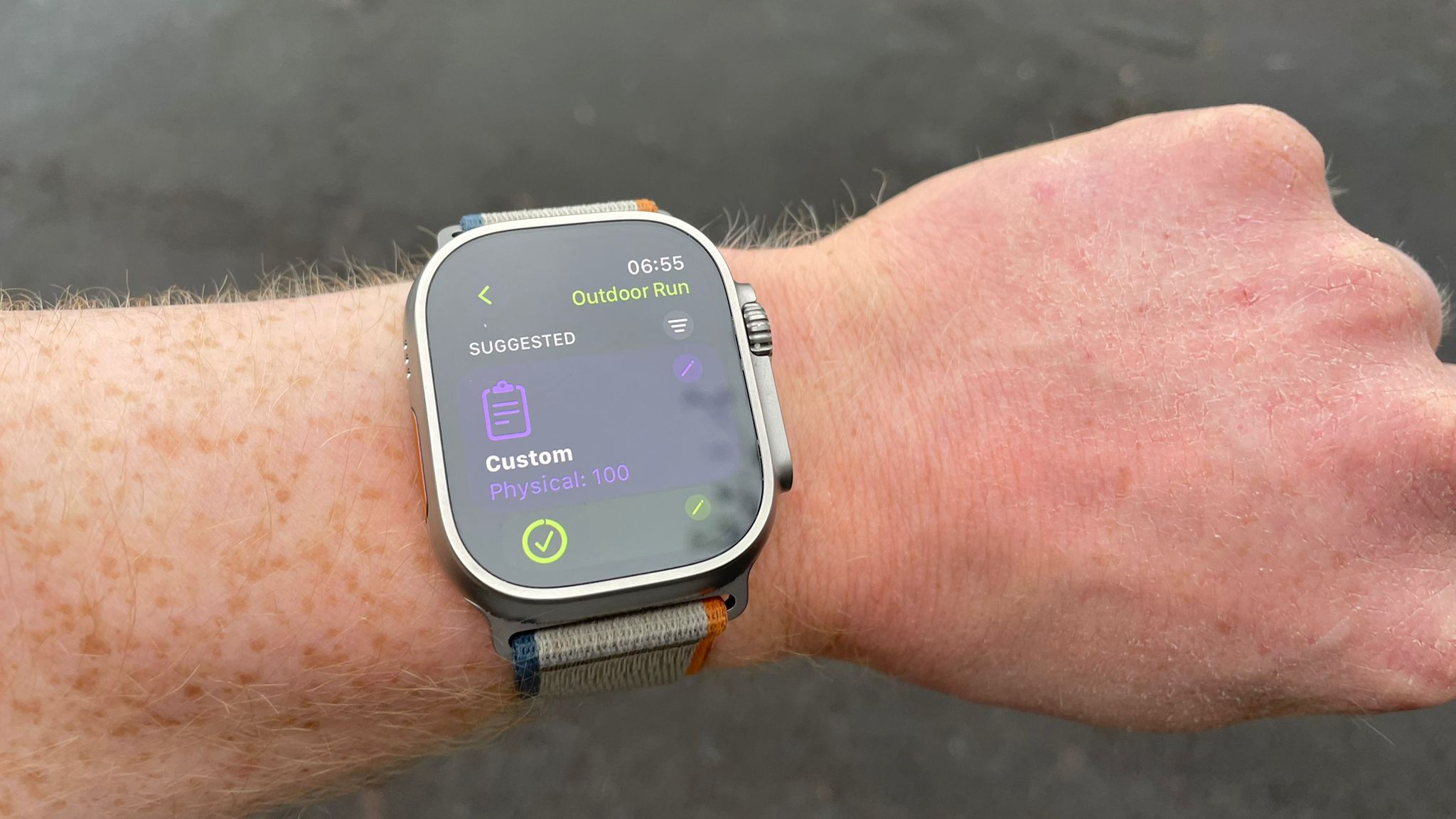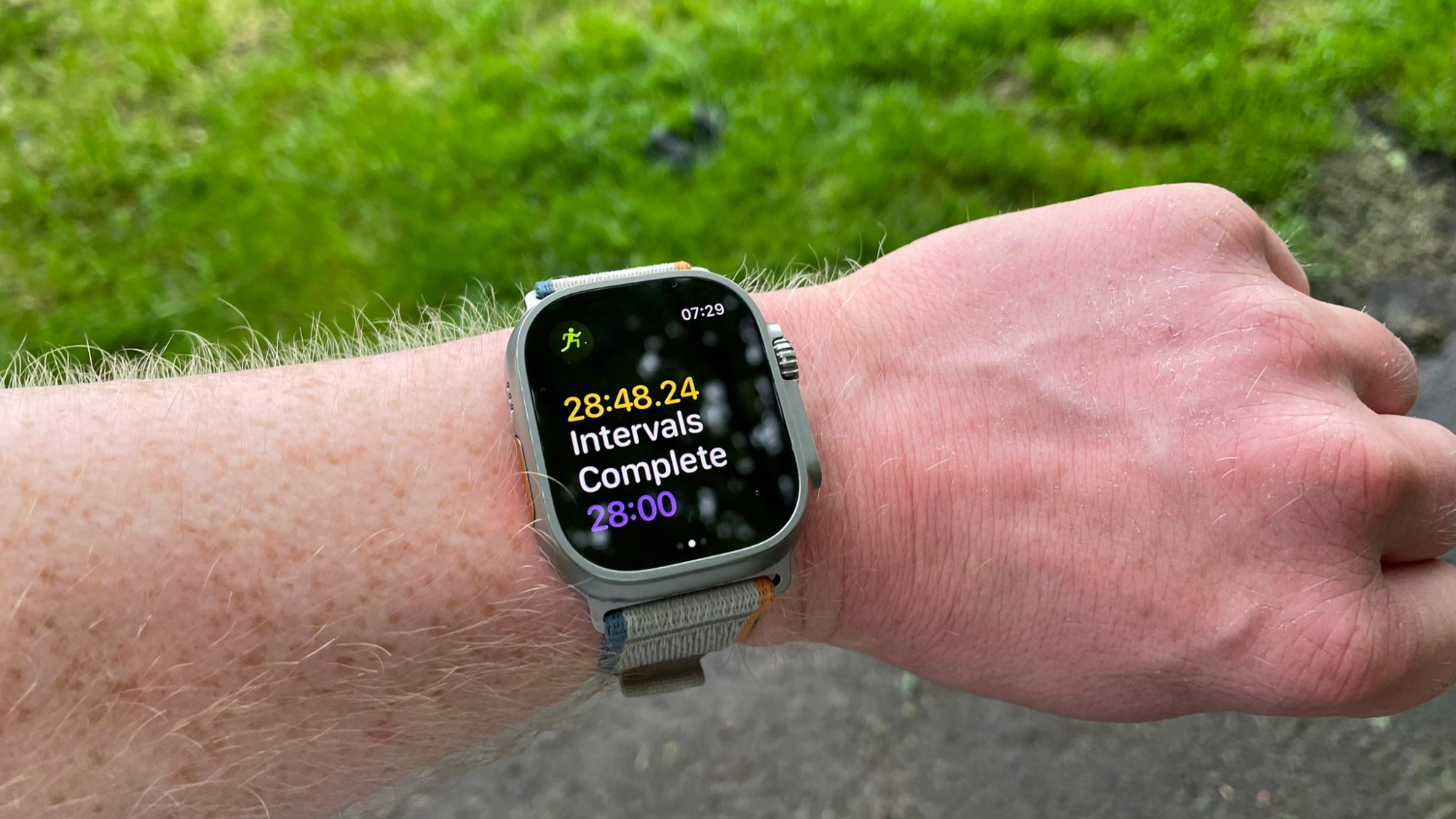[ad_1]
Physical: 100 has developed something of a cult following, and it’s easy to see why. Netflix’s South Korean fitness bonanza marries bizarre concepts (pulling a boat up a slope, anyone?) with genuinely grueling physical tests to deliver compelling entertainment.
For those who haven’t seen it, the show starts with 100 contestants of all different shapes, sizes and genders before periodically whittling this number down to one “ultimate physique” through a series of tasks, or “quests”.
It’s the uniqueness of these quests that, in my eyes, makes Physical: 100 one of the best Netflix shows. Season one included a series of tests inspired by Greek myth, including the Sisyphean task of repeatedly rolling a boulder up a hill until you drop, and the first task was deceptively simple: seeing how long each contestant can hang on a bar over a tank of water until they drop. However, the recently released second season kicks off with a more straightforward mission: running.
Contestants were met with a room containing 100 curved treadmills. These machines sap more of your energy than a standard treadmill because the user is responsible for powering the belt – check out our curved treadmills vs motorized treadmills comparison for all the differences. The athletes’ challenge was to run as far as they could in three timed intervals.
And, as a fitness fan watching 100 people suffer from the comfort of my couch, I immediately knew I wanted to give the test a go for myself.
How to try Netflix’s Physical: 100’s endurance test for yourself using an Apple Watch

(Image: © Future / Harry Bullmore)
Contestants had to run as far as they could in 10 minutes, then seven minutes, and finally five minutes, with short rests in between. After the first round, the bottom 50 athletes were eliminated, after the second 40 more were given their marching orders, and the final interval decided the order of top 10. This ranking gave top-performers preferential treatment in future quests.
I don’t have a curve runner. Neither does the gym I train at. But I do have a park nearby, so I set up a custom outdoor run on my Apple Watch Ultra 2, laced up my best running shoes and set off.
- Set a custom workout on the “outdoor run” multisport tracking option of your Apple Watch (or equivalent if you’re using another fitness tracker). Read our guide to find out how to set up a custom workout on your Apple Watch.
- This custom workout should have three timed interval runs of 10 minutes, seven minutes and five minutes respectively, each separated by a three-minute recovery period.
- Warm up and get to work.
- The aim is to run as far as possible over the course of those three rounds.
What happened when I tried Netflix’s Physical: 100 endurance test
I like doing difficult things. I lift weights most days, run twice a week and never say no to sports in any form. But there was a point during the second interval of this Physical: 100 test where I questioned why I was so keen to try it.
You’re running for 22 minutes in total so I figured, with a couple of three-minute breaks along the way, I should make it to five kilometers fairly easily.
I was wrong. The first 10 minutes went surprisingly well, and I benefited from a slight downhill to ease me into my “quest”, as Physical: 100 refers to it. By the end of the first set I was breathing hard but feeling good, having covered 2.3km. This would have been enough to make the top 50 in Physical: 100. The top performer on the show recorded a distance of 2,416m, and the elimination cut-off was 1,841m.
Having used curve runners in the past, I should say that I find them significantly slower and more taxing than simply running outside – but it was still fun to have scores to compete against.
Following my first interval I stopped to take the prescribed three-minute breather. But after what felt like 20 seconds, my vibrating watch told me it was time to get moving again. I did as I was told, only to find that someone had surreptitiously swapped my legs for lead columns while I had been “recovering”.

Legendary endurance coach Chris Hinshaw once described the 5,000m as a “true test of overall athletic fitness”, requiring both physical and mental capacity. I was definitely fighting a battle on both fronts by this point, with my body in constant discomfort and my mind trying to distract me from this pain by counting steps.
I finished the second interval and leant aggressively against a nearby railing, having accumulated 2,800 meters according to my Apple Watch. This would have been on the edge of being disqualified, with the tenth-placed Physical:100 contestant recording 3,803m. The winner was flying ahead on 4,160m, while the highest-placed female contestant (handball player Park Ha-Yan) finished 36th with 3,375m.
Once more, the three minutes of rest went by in the blink of an eye, but this time I knew what to expect and adjusted accordingly. As a result, I was able to pick up my speed from the previous round, averaging 4’04”/km (with a sprint finish) rather than 4’41”/km. As the final second ticked over, I reached 5.02km and promptly collapsed onto a park bench.
“Never again,” I muttered to myself, knowing full well I’d be returning to this test at a later date to try and better my score, as well as those of the Physical: 100 contestants.
My distance would have seen me finish in 10th place, with the winner (former firefighter Hong Beom-seok) reaching a lofty 5,472m. Roll on season three.
You might also like…
[ad_2]
Source Article Link

